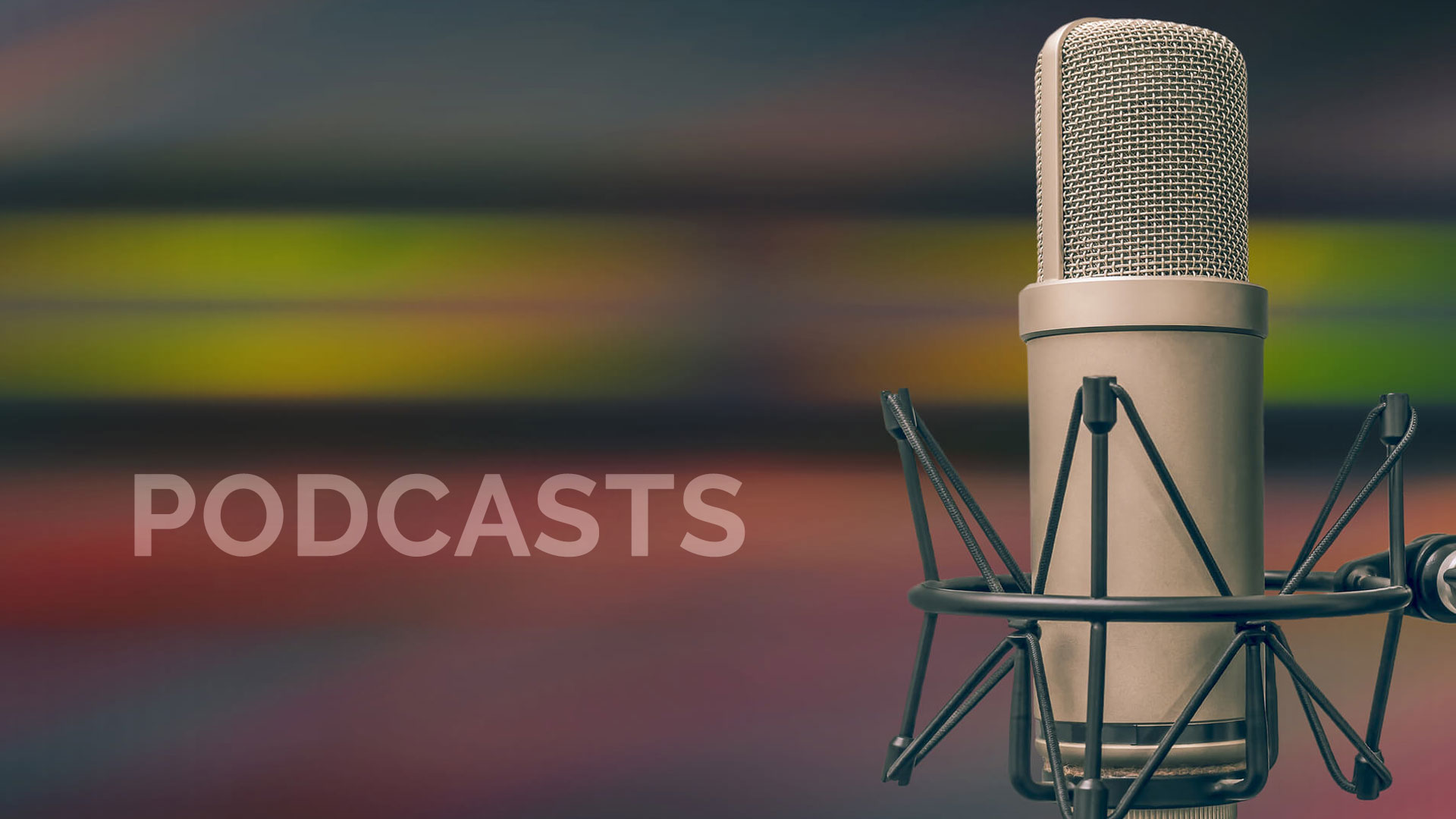The business marketplace is dependent on content. In fact, it has always been so because the content is the universal communication between brands and customers.
Text matter of a document or publication in any form. Content is both information and communication: the total sum of the freshness, readability, relevance, and usefulness of the information presented, and the way it is presented.
The Business Dictionary
Whether you’re a small business owner, digital marketer, or agency entrepreneur, marketing your products and services through content is the only way to go.
As you very well know, marketing is often a number’s game. Of course, the quality of your content is absolutely critical, though the traffic you bring to your website is the element that can immediately scale your business potential.
In today’s post, we’ll discuss five types of content that’ll improve the popularity of your website. Most successful brands are already leveraging these content formats, mostly because they truly work. Sit tight and pay attention!
#1. Videos
Videos have become the trendiest content type, as more and more people prefer to watch content instead of reading or listening to it.
Due to their informative and interactive qualities, videos should definitely represent an important part of your content marketing strategy.

Since we’re experiencing the social media era, the content that is generally shared the most could be considered the most valuable. Well, as you’ll soon see, videos bring the greatest social impact and performance, so they shouldn’t be neglected.
Statistics
- 78% of people consume video content on a weekly basis, while 55% watch online videos on a daily basis.
- A 1-minute video is as powerful as 1.8 million words.
- While readers may retain only 10% of a message by reading it in text, video consumers retain 95% of the message (more than any other type of content).
- Videos posted on social media generate 1200% more social shares than images and text combined.
How to Do it
There are more types of video you can create:
- Explainer videos
- Commercial advertisements
- Presentation videos
- Educational videos
- Product review videos
- Interviews
- Screen-sharing/screen recording
Depending on your marketing objectives, choose the format that’ll attract the traffic you need. The script of your video is very important, so make sure you do your homework well or outsource the job by hiring professionals. For more guidance, check out this great blog post that should give you the basics of video content creation.
You shouldn’t rely only on your videos. Instead, take advantage of YouTube’s embedding feature and place curated videos on your site.
#2. Evergreen Long-Form Content
Evergreen content is information that’s never going to get outdated.
Some examples of topics are: how to lose weight, how to make money, parenting advice, dating advice, and so on. Basically, any type of content that’s going to be relevant in 100 years from now is considered evergreen.

The information you find on the internet is abundant. However, that doesn’t mean it’s also qualitative. Long-form content is generally considered top-tier content, mostly because it manages to inform, educate, and sell better than short-form content.
To attract the attention of your target audience and improve your site’s traffic, consider developing long-form videos, articles, and podcasts.
Statistics
- For a long time now, ever since 2012, Google’s first page is “allergic” to short-form content. The more words a page has the bigger its rankings.
- Google has officially stated its preference for long-form content.
- Hubspot’s analysis found that long-form content (2000+ words) receive more backlinks and social media shares.
- CoSchedule has analyzed 6 long-tail keywords and concluded that long-form content has an increased potential of ranking higher in Google and the rest of the search engines.
How to Do it
First, you should identify evergreen topics that your target audience will always enjoy consuming. You can use BuzzSumo or Google Trends to get some inspiration.
Second, research the topic you want to approach. Gather relevant data and insights, study your competitors’ similar topics, and add your own twists.
Third, create a comprehensive outline that includes links to other sources, images, and videos. Next, start writing your draft. Next, proofread and edit your work until you make it “perfect”. Even though your content may be long, keep your sentences short and the language simple.
#3. How-to Guides
How-to guides will always be needed. The necessity of learning new skills and absorbing new knowledge is evergreen, and people will always seek solutions by consuming web content. Nowadays, when you need to find out something, you take the phone out of your pocket, write or speak a few keywords (“how to do X” or “how to create Y”, and voila…you have reached your answers.

“How-to” articles and videos bring a lot of social media interaction, as people will like, comment, and share these informational resources more than any other type of content.
The key to a great content marketing performance lies in a great understanding of your target audience. How-to guides are always targeted towards a specific target audience, a group of people who face similar problems or have similar needs. If you manage to deliver a simple solution, you’ve got a goldmine opportunity that should be immediately exploited.
Statistics
- HubSpot categorizes “how-to” videos as the most shared social media type of content.
- 80% of the professionals who make business decisions prefer researching the company’s educational content before making a decision.
- Educational content improves sales by 131%.
How to Do it
Educational content starts with proper research. First off, identify the solution that your target audience is tirelessly looking for. If your competition’s failing to provide a simple-to-apply solution, that’s even better.
Do your homework well. Find studies and academic resources that can help you strengthen your point. Your goal is to help your traffic take a leap from Point A to Point B. Using images, videos, infographics, and other media elements are highly advised, as all of these types of content are great for explaining how-to concepts.
#4. Infographics
Infographics is a term derived from two separate words: information and graphic. Simply put, an infographic is a visual representation of the information you wish to distribute. Due to its effectiveness and usability, infographics are widely adopted in today’s digital marketplace by all sorts of businesses, from brick-and-mortar to online platforms.

An infographic is extremely beneficial to your website because it immediately captures the reader’s attention, holding it until the end of the content. Infographics are amazing also because they simplify the learning process. You can present complicated ideas in simple words that are accompanied by relevant visual cues.
Most frequently, infographics are used to present statistics, research work, and science experiments. However, you can use them to present your product’s concept, to present a case study, or to present resources that your audience might need.
Statistics
- 65% of people are visual learners.
- Visual content with colors prompts the reader’s willingness to consume a piece of content by 80%.
- Between 2011 and 2013, infographics have grown in search volume by 800%.
- People who study illustrations and text (infographics) do 323% better than those who simply study text.
How to Do it
Creating infographics isn’t rocket science. Most marketers are afraid of approaching this type of content because they lack graphic designing skills. Well, if you share that belief, you should reconsider. Nowadays, you can find plenty of digital tools that’ll help you create an infographic from scratch, plenty of templates that can be easily modified, and an abundance of instructional information that’ll help you with the process.
#5. Podcasts
Video, text, images … can you see what’s coming next? Podcasting is another effective and popular type of content that many individuals prefer over anything else. Over the last several years, podcast listening has significantly increased because people can now listen to their favorite content using only their smart devices. Walking on the street, washing dishes, or sitting in a row – the perfect opportunity to consume a podcast material.

Podcasts are easy to produce as long as you’re able to communicate your ideas effectively. They’re great because they allow webmasters to cover their topics in-depth, ensuring that no details are skipped.
Statistics
- 64% of US citizens are familiar with podcasts.
- 73 million people listen to podcasts every other month.
- 44% of US citizens have listened to a podcast.
How to Do it
Podcasting requires a quality microphone and reliable recording software. Obviously, you’ll need more than that to effectively capture your traffic’s attention.
First, you need credibility. By sharing the right information, you’ll be able to win y our audience’s trust and loyalty. Second, you’ll need a podcasting strategy that you’re ought to follow rigorously. Third, you’ll need to be consistent and improve the quality of your podcasts on a regular basis. For more information on how to effectively start a podcast, check out this useful blog post.
Takeaways
Remember: the quality and uniqueness of your content will be directly proportional to your website’s performance. Capturing your traffic’s attention is tricky, that is why you’ll have to test, fail, optimize, scale, and repeat over and over again.
As a last tip, I’d highly encourage you to study your competitors’ content. Analyze their strengths and weaknesses, see what they cover and what they don’t, study their followers’ comments and feedback, and seek the patterns that make them successful.
Keep doing this while optimizing your content and you might just become the ringleader within your niche! Just keep one thing in mind, you can do it.
Leave a Reply